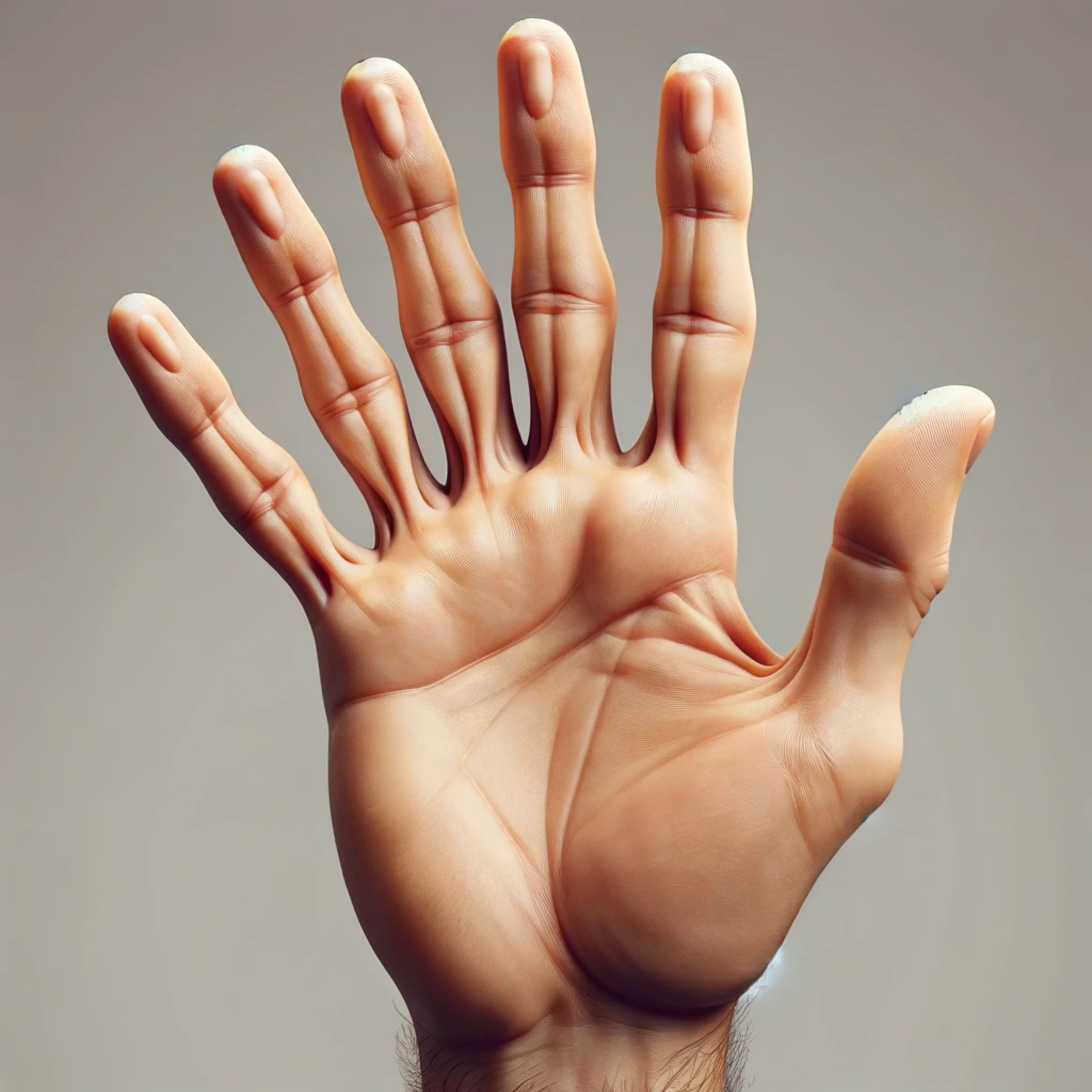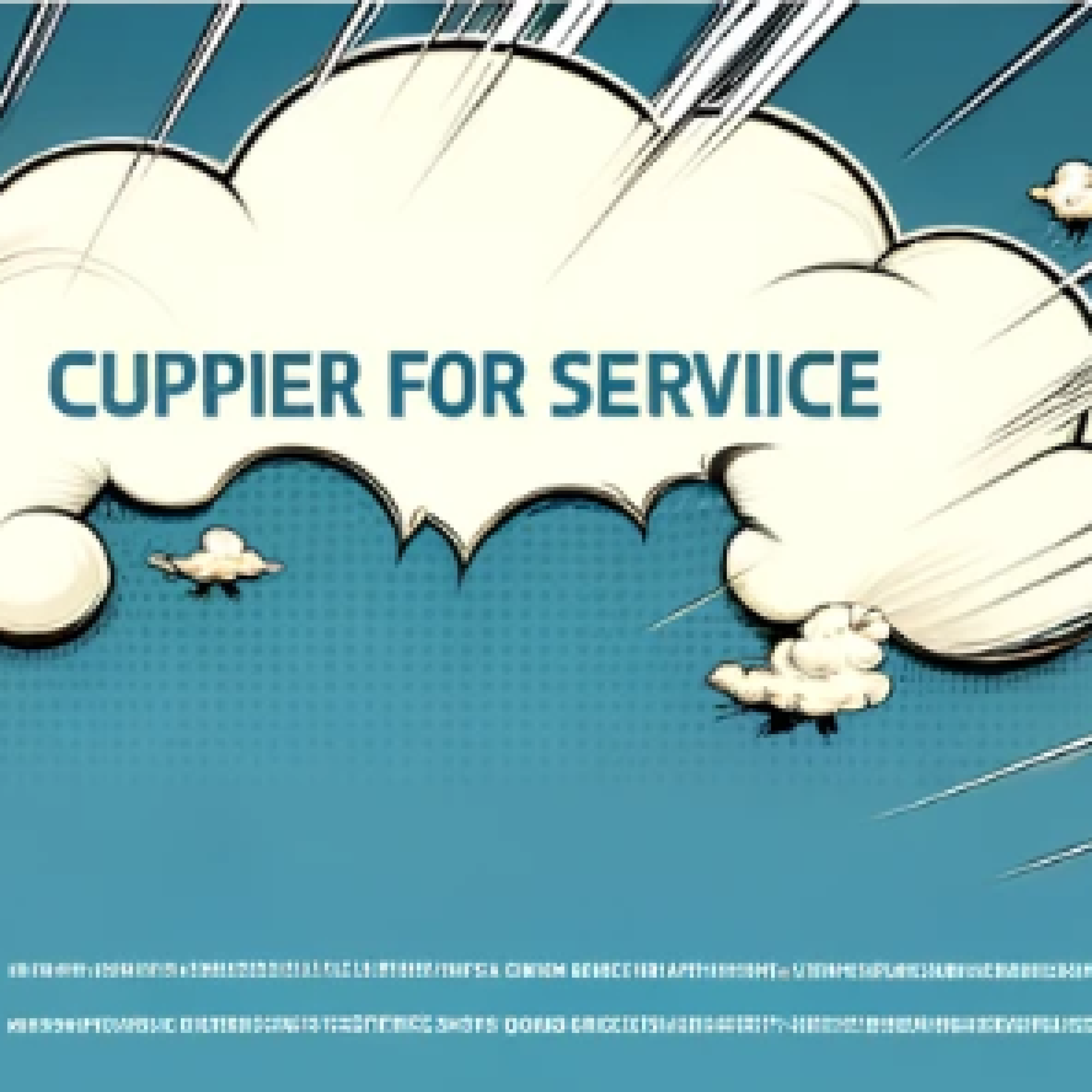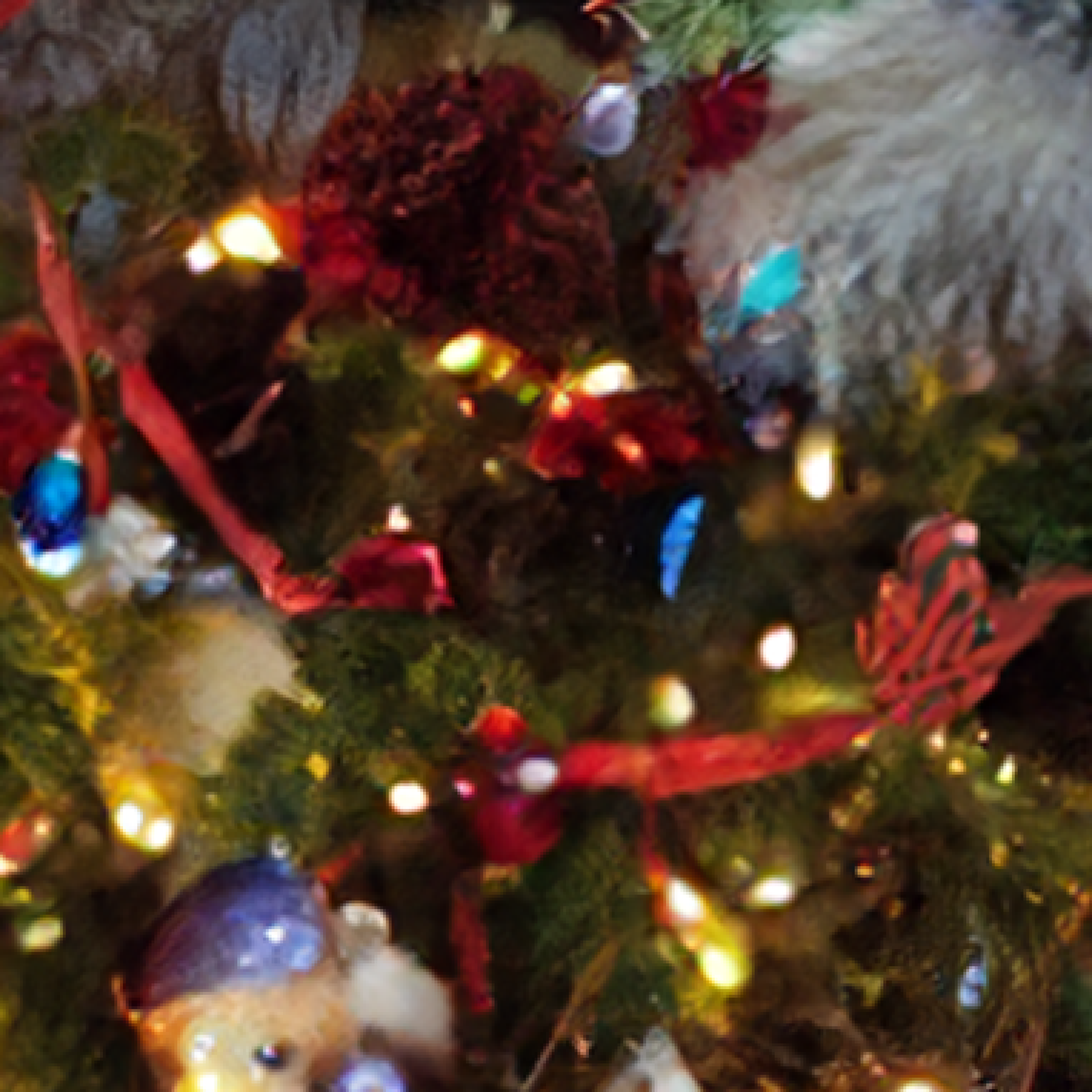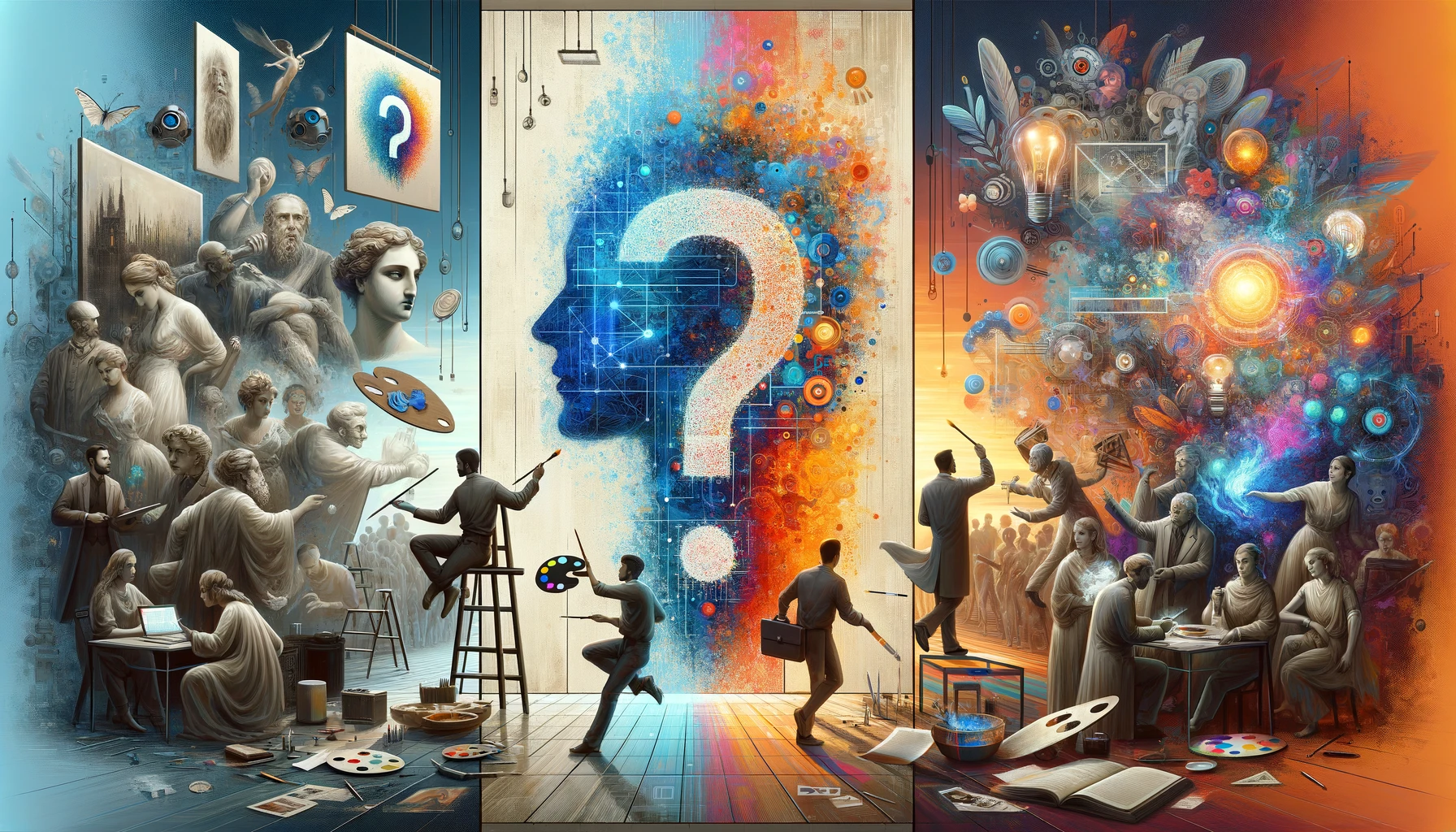Artificial Intelligence (AI) is rapidly becoming a ubiquitous trend across all industries, heralding a new era of enhanced workflow efficiency and significant time savings. Yet, this technological revolution brings with it a contentious debate, particularly in the realm of creative arts. Today, we delve into the nuanced implications of AI in art, exploring its current limitations and the ethical controversies surrounding its use.
Limitations of AI in Art
1. Rendering Hands: The accurate depiction of hands poses a notorious challenge for AI, often leading to humorous or bizarre results. The complexity of hand anatomy, combined with their diverse positioning and the scarcity of accurately labeled data, frequently results in artworks featuring incorrect numbers of fingers, multiple hands, or misplaced arms—making it an easily identifiable flaw of AI-generated art. (This hand makes me feel uneasy.)

2. Text Integration: AI struggles with incorporating text into images accurately. Issues such as misspellings, inappropriate sizing, and poor typography are common, suggesting that manual intervention is often necessary to achieve the desired textual representation within artworks.

3. Background Realism: AI-generated backgrounds often lack realism, struggling to interpret spatial relationships correctly. This can lead to visual inconsistencies, such as objects intersecting illogically, improperly rendered faces, and distorted perspectives, detracting from the overall believability of the scene.

The Ethical Controversy
The ethical implications of AI in art have sparked widespread debate, particularly regarding the unauthorized use of artists’ work. AI systems frequently utilize the artworks of creators without consent, incorporating their unique styles—often honed over years of practice—into datasets. This reduction of artistic endeavor to mere data points not only diminishes the value of individual creativity but also fails to provide fair compensation to the original artists. This issue extends beyond visual arts, affecting musicians, writers, and other creatives whose work is similarly co-opted.
The resultant legal battles highlight a pressing concern for the art community, especially impacting smaller artists who lack the resources to challenge large AI corporations. This situation presents a moral dilemma for organizations: the decision between saving costs through AI utilization and supporting deserving artists by commissioning their work directly.
As we navigate these turbulent waters, it’s clear that we are witnessing a historical moment in the making. The resolution of these issues will not only shape the future of artistic creation but also define the ethical framework within which AI technologies will operate. As such, it is crucial for all stakeholders to engage in open and constructive dialogue, ensuring a future that respects both innovation and the invaluable human touch that defines creative expression.
The future of AI
The future of AI art promises a landscape of boundless creativity and innovation, where the fusion of technology and human imagination opens new vistas for artistic expression. As AI technologies continue to evolve, we can anticipate a refinement in their ability to mimic complex human artistic techniques, surpassing current limitations and offering tools that enhance rather than replace the artist’s touch. Collaboration between AI and artists will likely yield unprecedented art forms, blending traditional methods with digital innovation to create works that challenge our perceptions of artistry.
Moreover, as ethical and legal frameworks develop to protect and respect the rights of creators, AI art will find its place not as a competitor to human artists but as a catalyst for a new era of collaborative creativity. This future, while navigating the challenges of intellectual property and artistic integrity, holds the promise of democratizing art creation, making it more accessible to a broader audience and empowering artists with new mediums of expression. The trajectory of AI art is set to redefine the boundaries of creativity, ushering in an era where the synergy between human creativity and artificial intelligence enriches the cultural landscape in ways we are only beginning to imagine.

Leave a Reply
You must be logged in to post a comment.